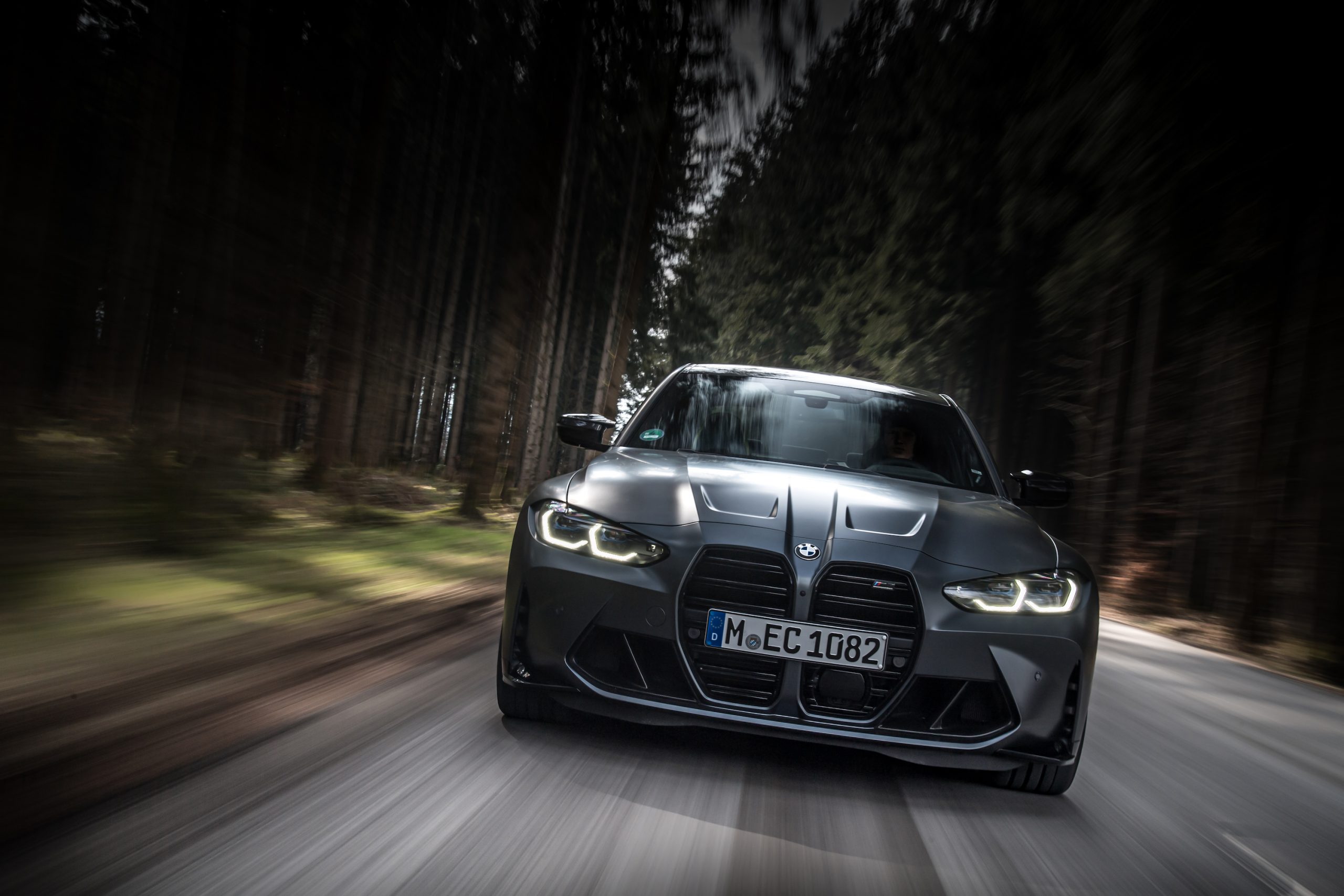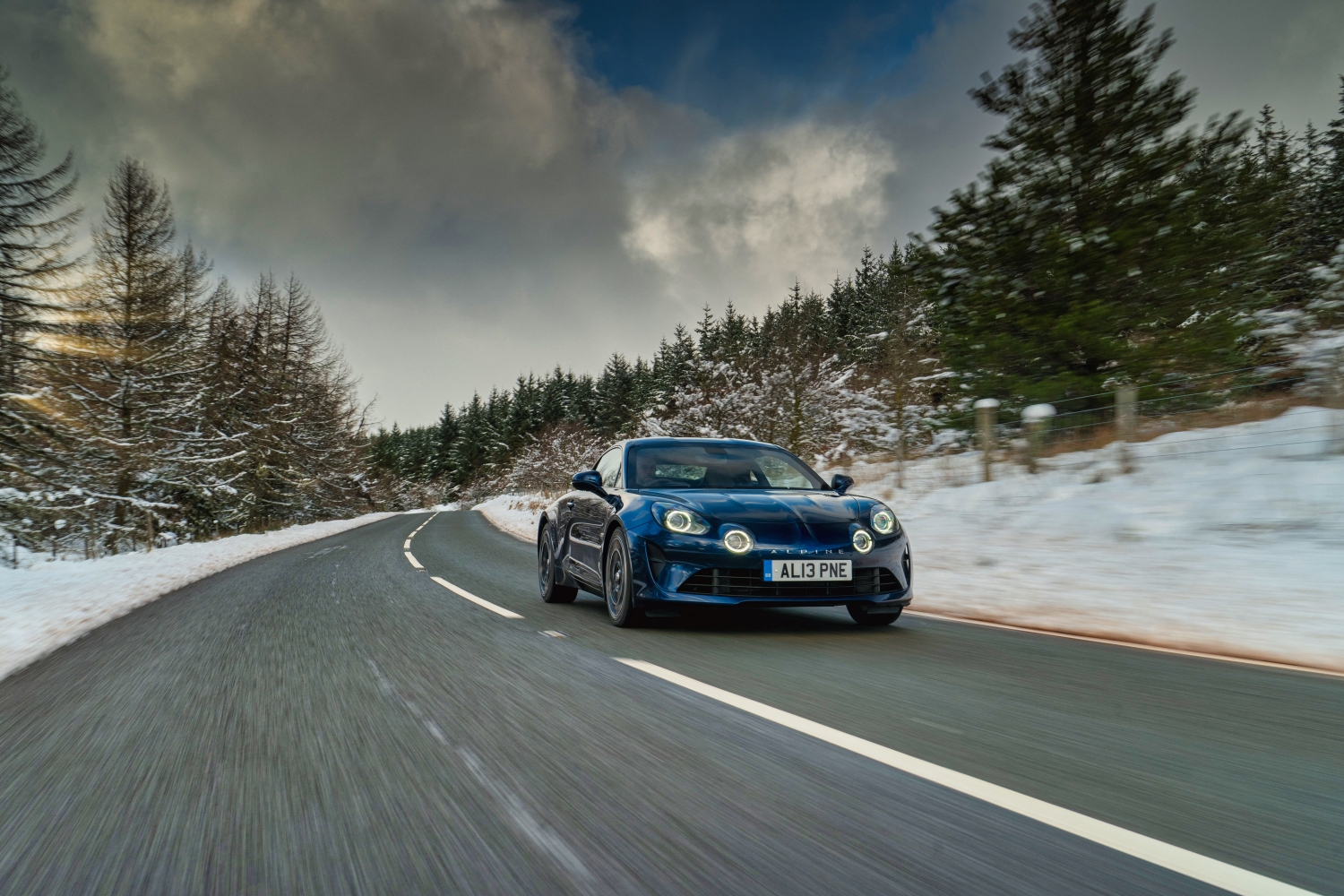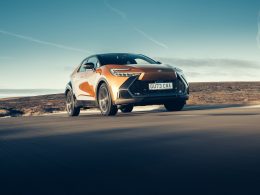Suzuki is expanding its electrified range with a new hybrid version of its Vitara crossover. TED WELFORD sees if it’s worth checking out.
You might not think of Suzuki as being at the cutting edge of electrification, but this is a manufacturer that was one of the first to introduce a mild-hybrid.
Suzuki is now rolling out its own in-house-developed hybrid system, which makes its first outing here on the brand’s compact Vitara SUV. But is it any good?
Not to be confused with Suzuki’s mild-hybrid 1.4-litre ‘BoosterJet’ engine, which will be sold concurrently with this new ‘Full Hybrid’ model – albeit only in manual guise – this new Vitara powertrain uses an adapted 1.5-litre petrol engine from the loveable-if-flawed Jimny, and pairs it with an electric motor and battery.

We’ll explore more on it later, but it’s important to note that the Vitara gets no other changes as part of this new hybrid version, with the exception of a new ‘Eco’ driving mode.
As we’ve mentioned, the Vitara Hybrid gets a redeveloped 1.5-litre petrol engine, connected to a 140V lithium-ion battery and inverter.
The stats from it don’t make for the most impressive reading, with the combined setup putting out just 113bhp and 138Nm of torque. These also aren’t favourable next to the mild-hybrid version, either, which makes 127bhp and 235Nm of torque.

Sprinting – well, slowly accelerating – to 60mph takes 12.5 seconds, while Suzuki claims a top speed of 111mph. On a brighter note, the Vitara Full Hybrid is pretty good on fuel, returning up to a claimed 53mpg with low 121g/km CO2 emissions in front-wheel-drive form. It’s worth noting that an ‘All Grip’ all-wheel-drive model remains available, which is somewhat of a rarity in this class.
One of the best things about the standard Vitara is its boosty petrol engine, and when combined with the manual gearbox it’s actually decent to drive. But sadly this new full hybrid doesn’t have much going for it.
The stats speak for themselves, as it’s 2.5 seconds slower to 60mph than the standard car, and while this is not a car all about performance, it really is exceptionally slow – not helped by the power-sapping six-speed automated manual gearbox, which is a real letdown.

When you need some power, such as when pulling away from a junction, it just dilly-dallies about and gives you nothing for what feels like seconds. There are a few positives, though, as it will quite easily return close to 50mpg in steady driving (though so will the mild-hybrid) and it’s comfortable enough in most settings.
Suzuki hasn’t changed the look of the Vitara at all, but it remains quite an appealing and sturdy-looking choice. There are some very bright colours for those that don’t like anything too monochrome – such as the fluorescent Solar Yellow and Atlantis Turquoise – while in tandem with the contrasting black roof, makes for quite a smartly-styled SUV.
The Vitara’s boxy and chunky looks will also appeal to those that like something a bit more rugged-looking, while it sits noticeably higher up than rivals like the Ford Puma and Renault Captur.

It’s business as usual in the Vitara’s interior, as it continually uses the same switchgear we’ve seen from Suzuki for some time. There’s the same cheap tablet-like touchscreen in the middle, which isn’t high-tech, but functional and easy enough to use, while the button and layout– while lacking in ‘premium’ feel – is easy to use and operate on the move. The leather and suede-effect seats on top-spec cars look and feel the part too, though the same can’t be said for all the materials used in the Vitara’s cabin.
There’s not a vast amount of space on offer either in this hybrid, as the boot measures just 289 litres, due to the lack of underfloor storage – because of the room taken up by the battery. If you have passengers sitting in the rear, it’s worth avoiding the top-spec SZ5 too, as while its panoramic glass roof is a nice high-end touch, it puts a significant dent into headroom.
One area where there are no complaints on the Vitara is when it comes to equipment levels. Even as standard, the SZ-T features 17-inch alloy wheels, climate control and the aforementioned touchscreen with Apple CarPlay and Android Auto and satellite navigation. It also provides class-leading levels of safety equipment, including adaptive cruise control and blind-spot and rear cross-traffic monitoring.

Move up to the SZ5 – which you have to choose if you want all-wheel-drive – and it brings a panoramic sunroof, front and rear parking sensors, suede seat upholstery and front and rear parking sensors.
There’s really not a huge amount going for this new Suzuki Vitara Full Hybrid, and its main weakness is the fact the standard car is better in most areas. This hybrid model is less powerful, much slower, more expensive and not as nice to drive as the mild-hybrid Vitara, with its only real advantage being that it’ll be slightly cheaper to run.
If you like the Vitara, which you should as it’s well-equipped, looks good and offers great value, choose the mild-hybrid, though you will have to settle with a manual gearbox. If an automatic is a must, look outside of Suzuki at a Ford Puma or Skoda Kamiq.











